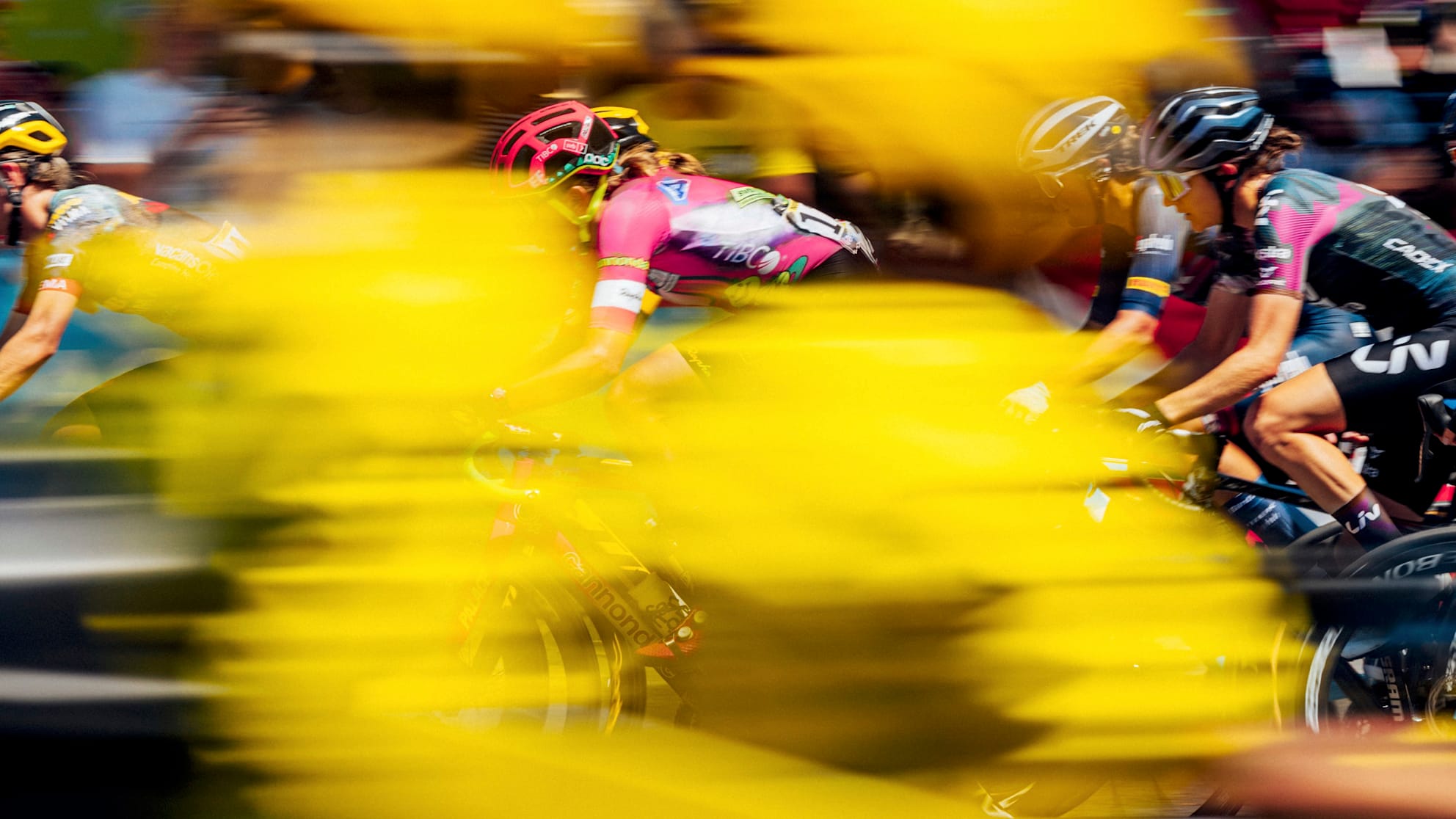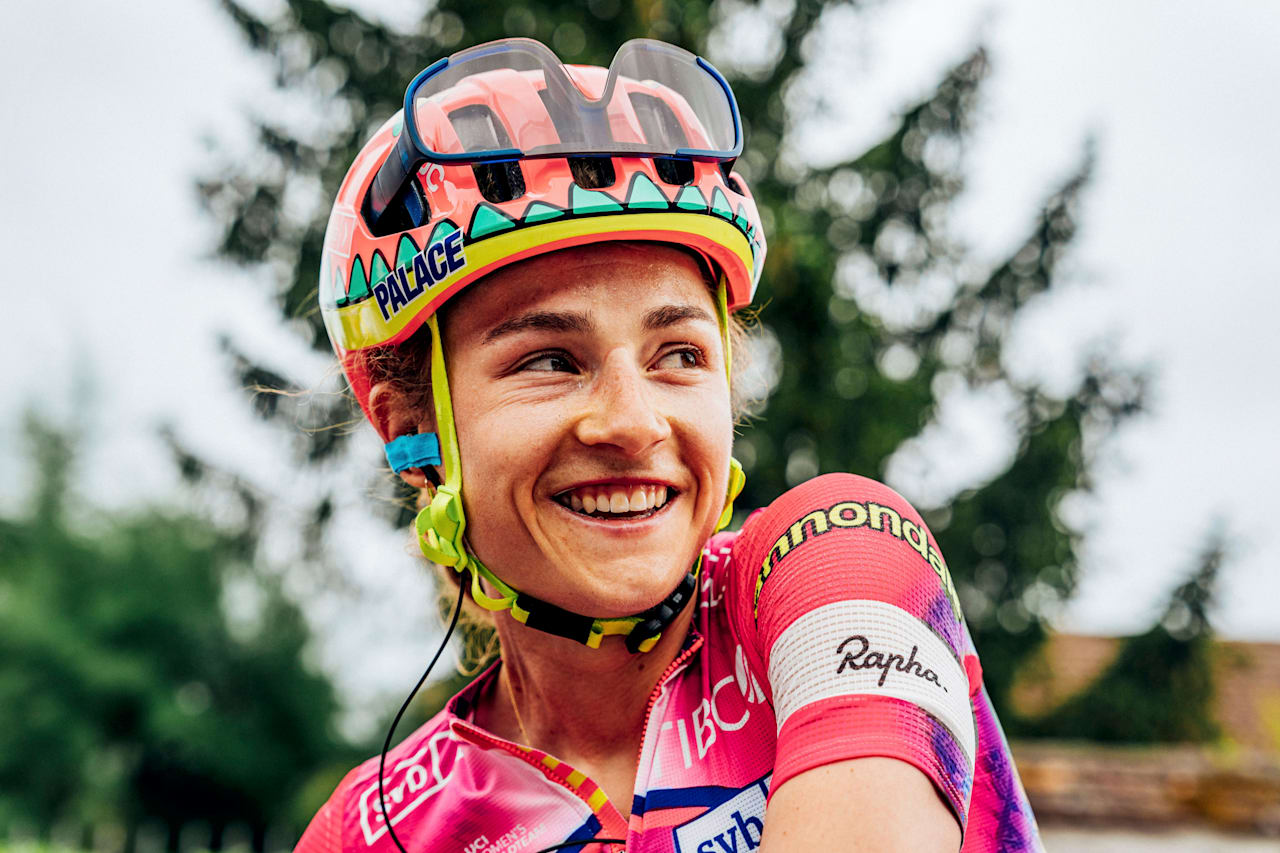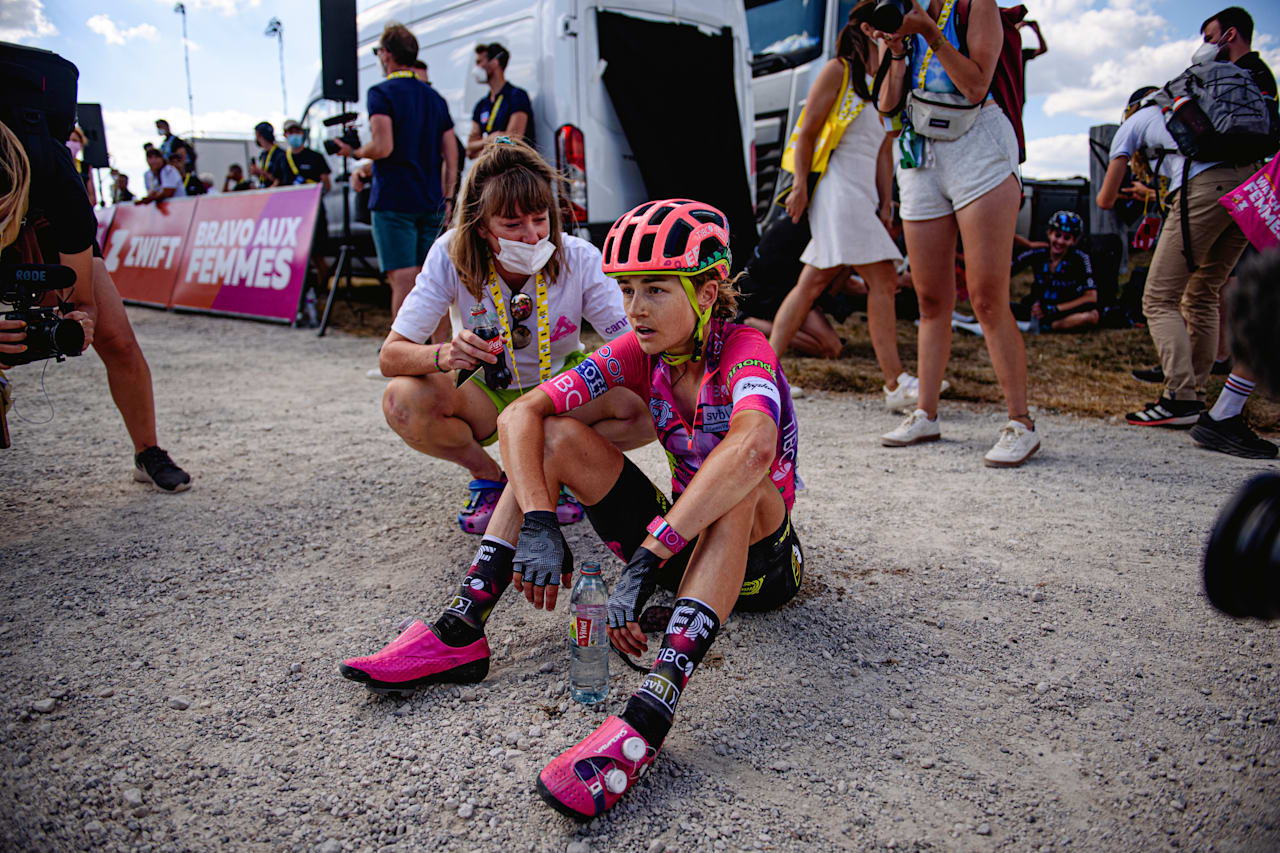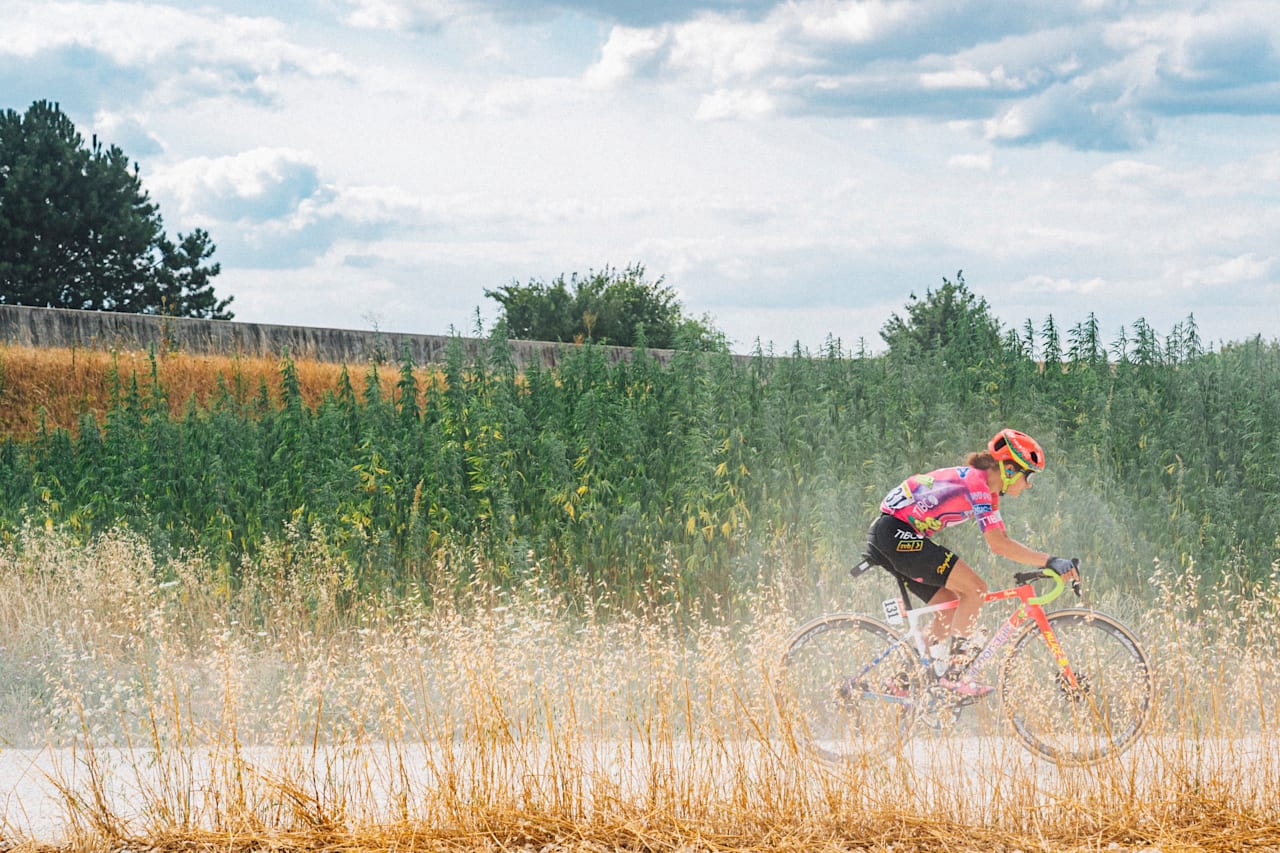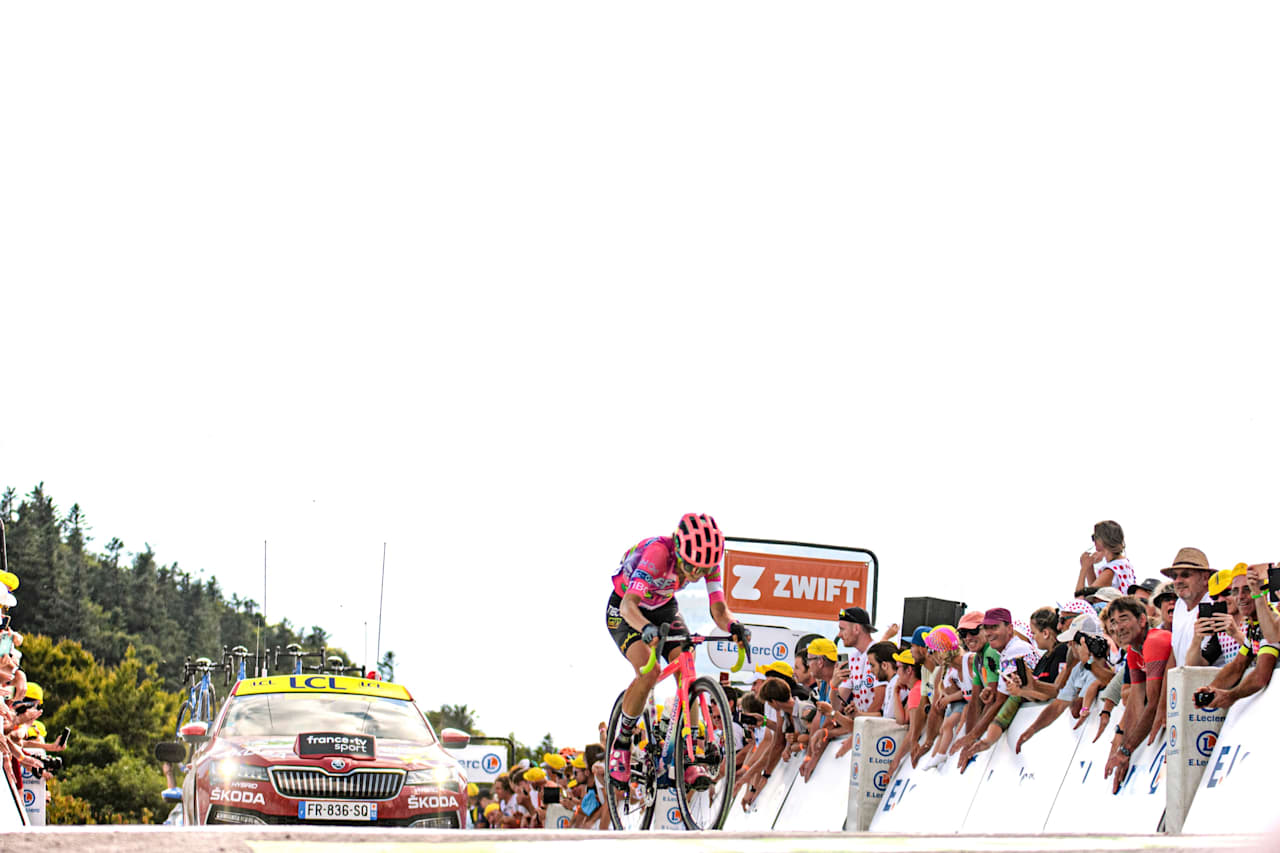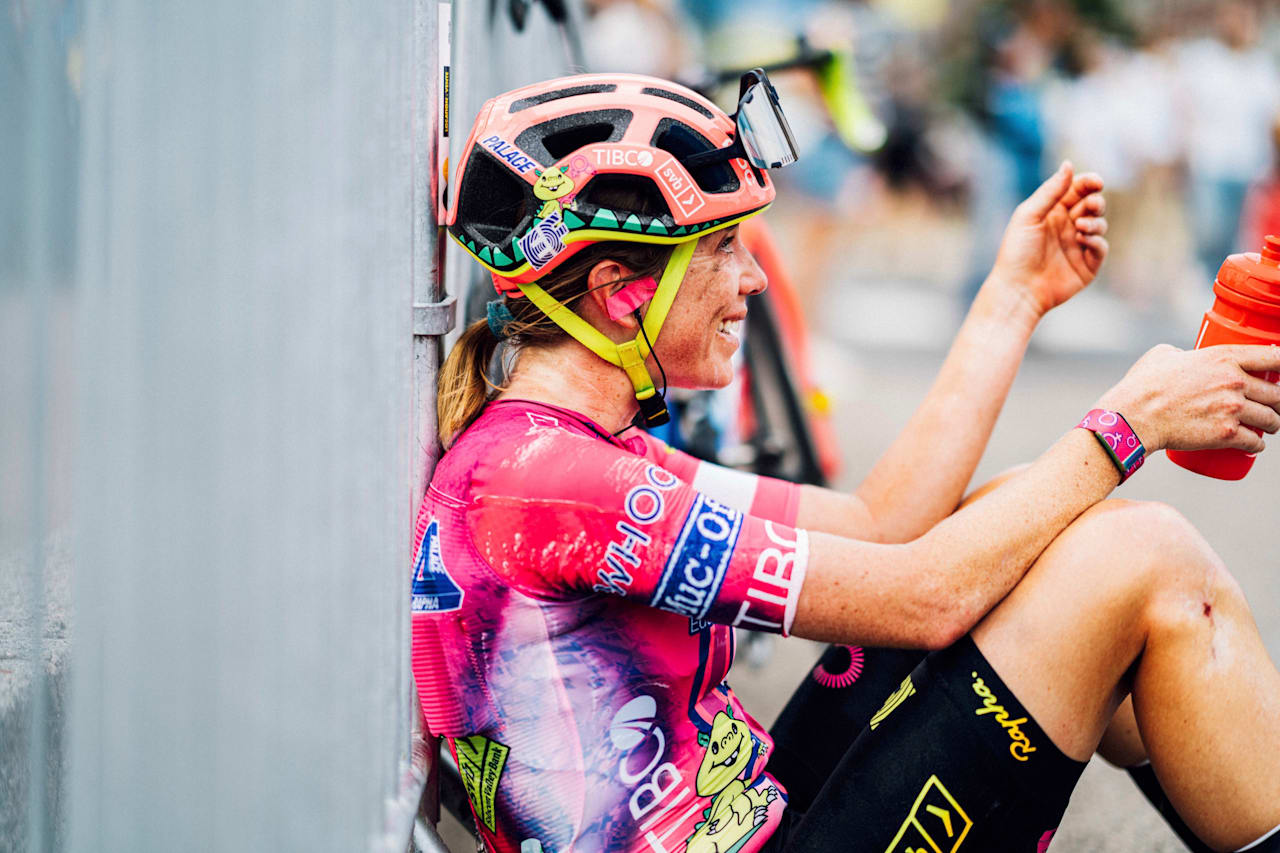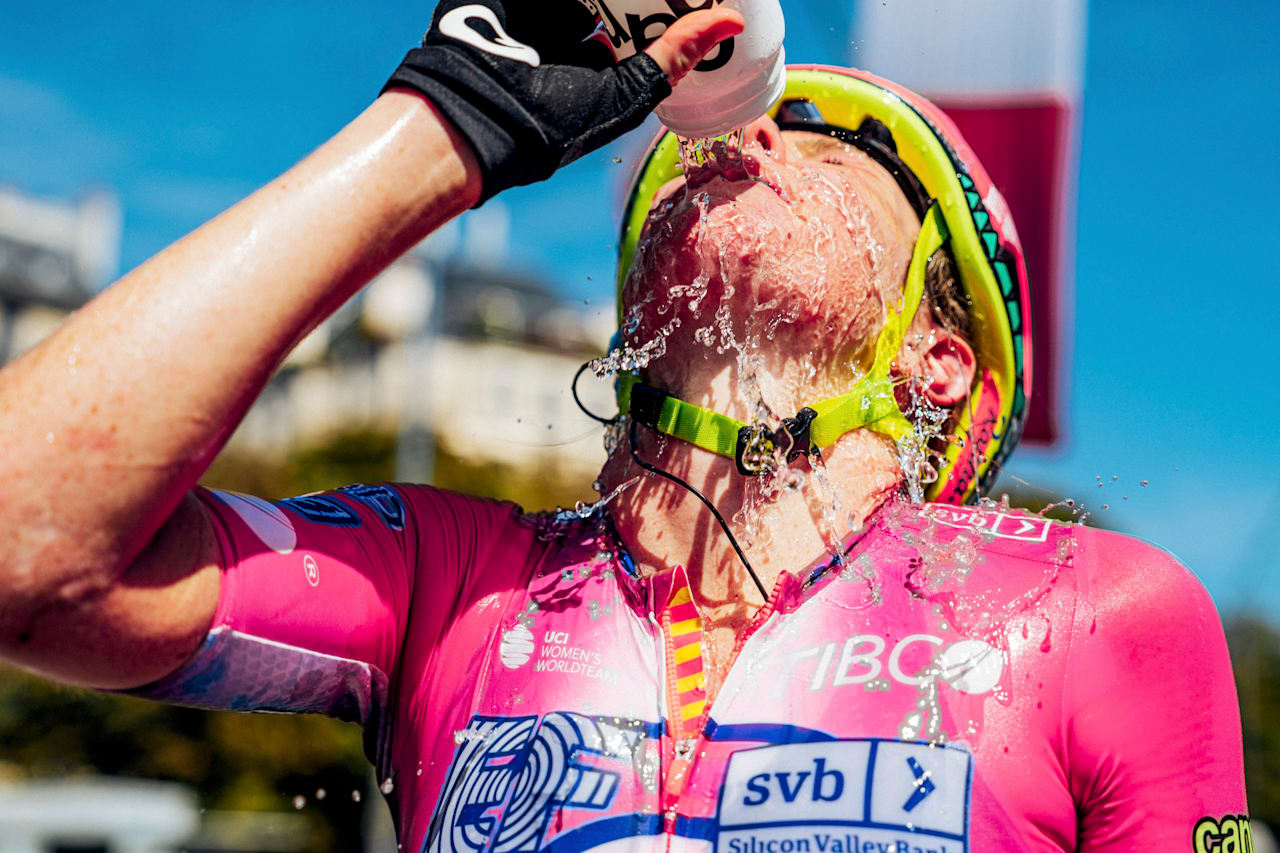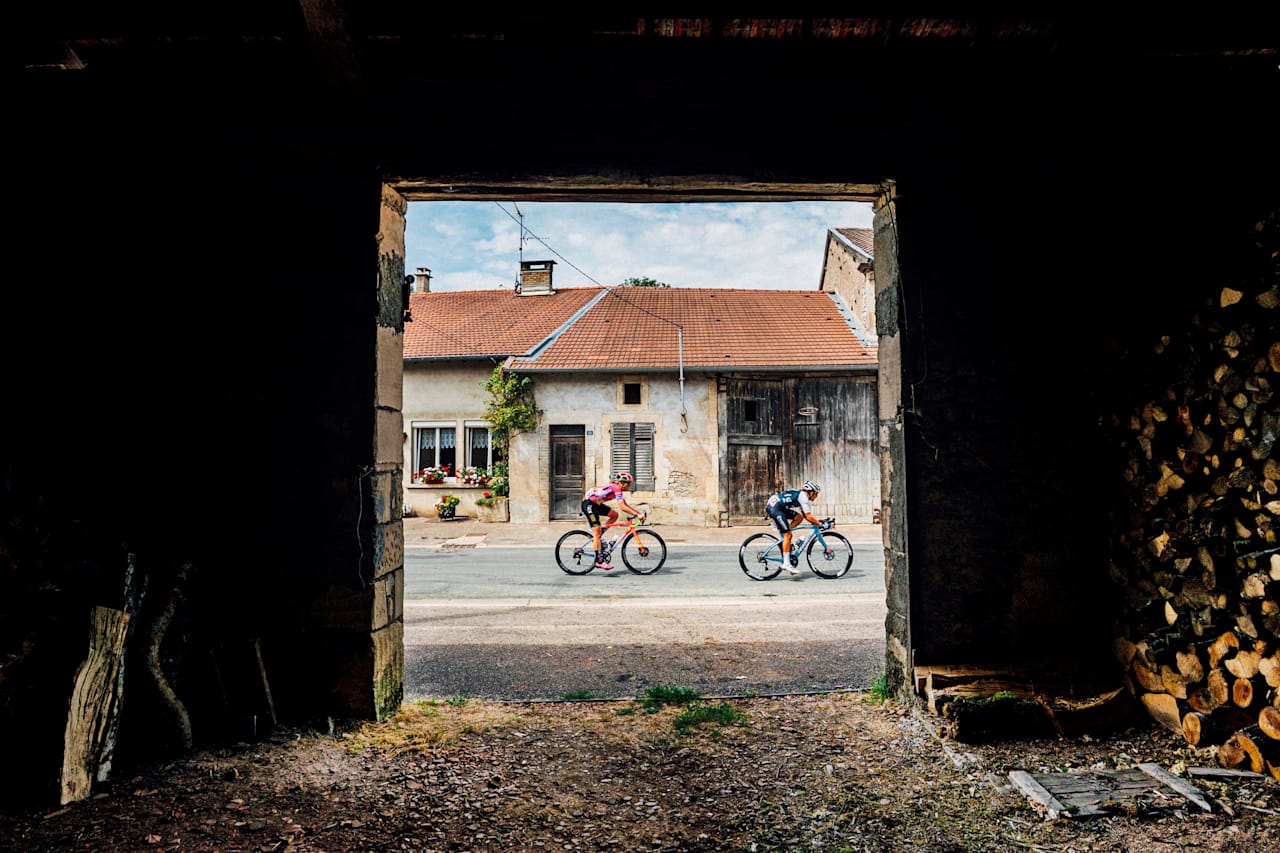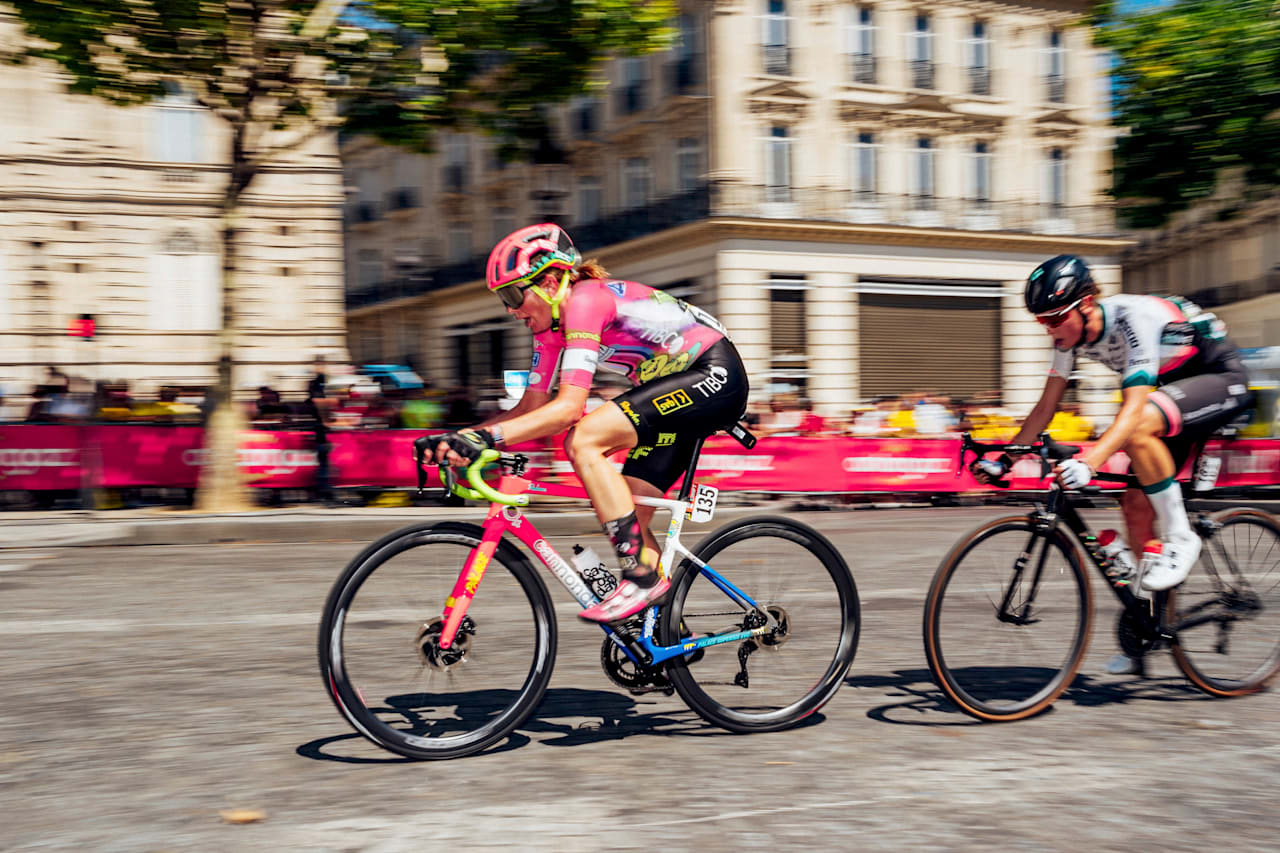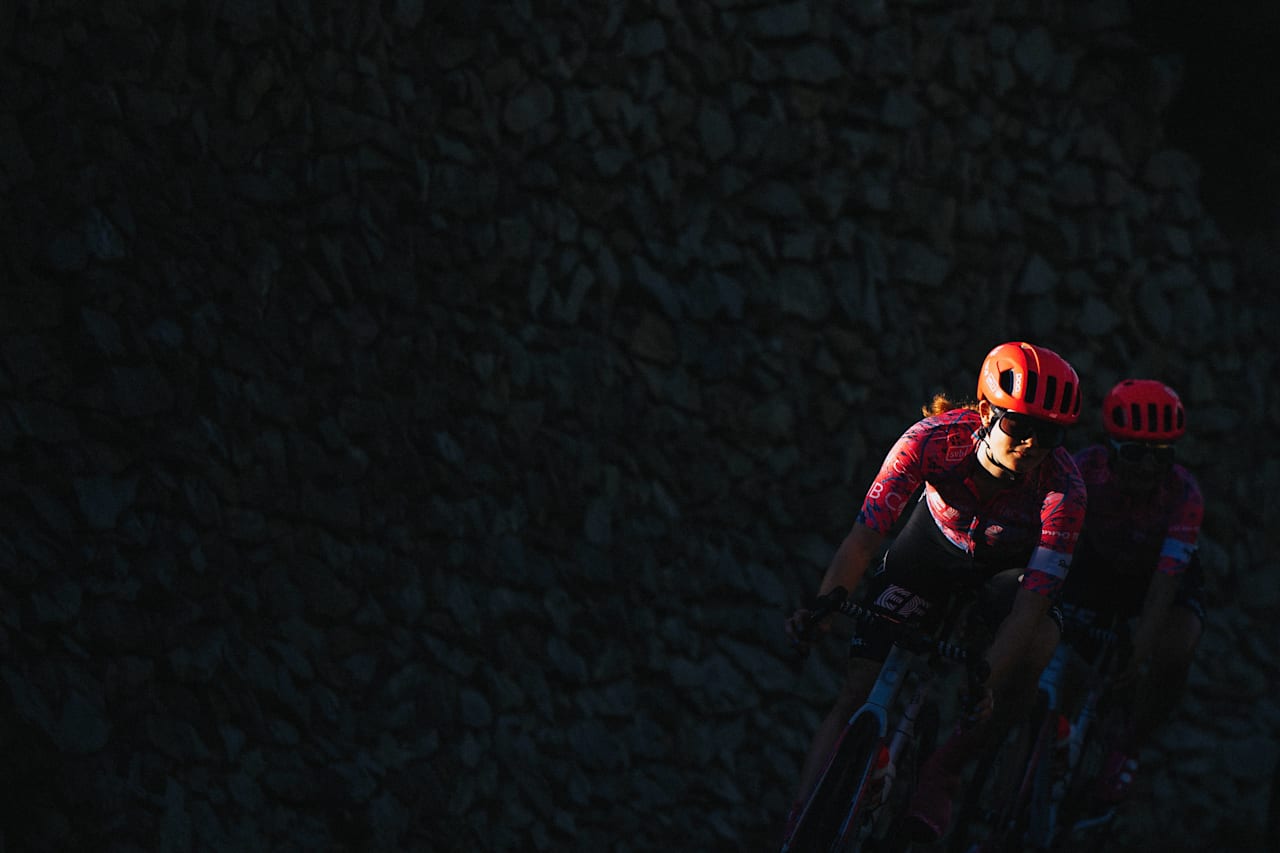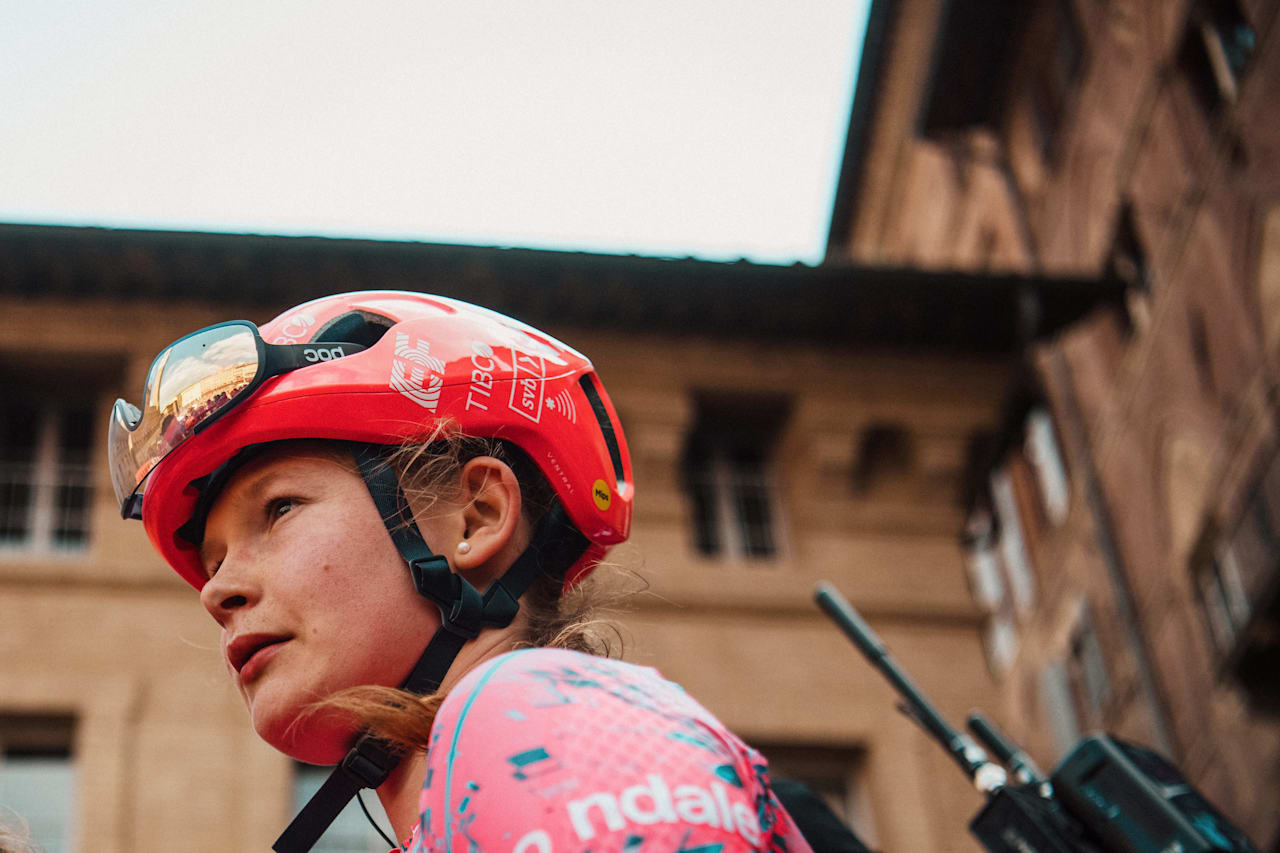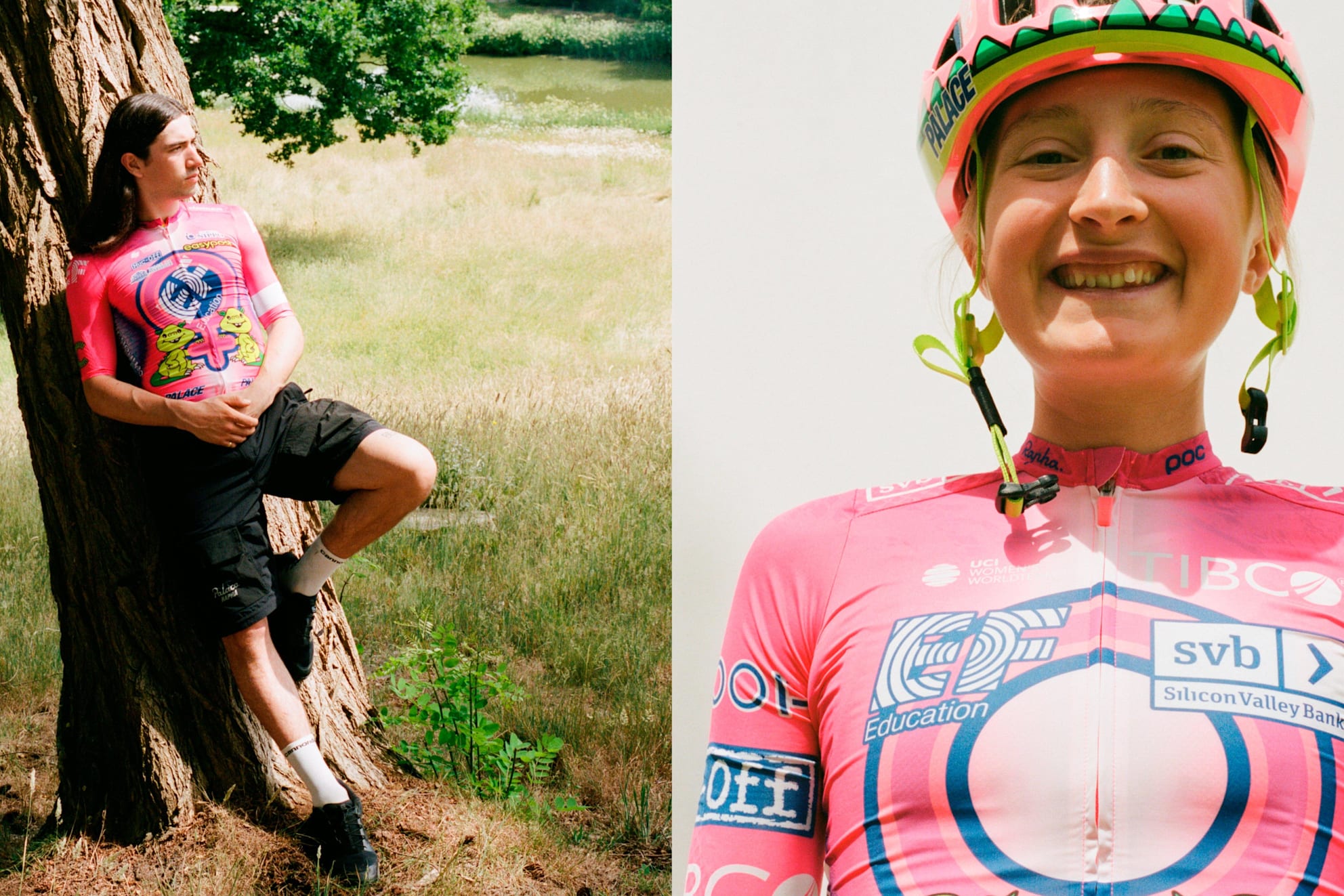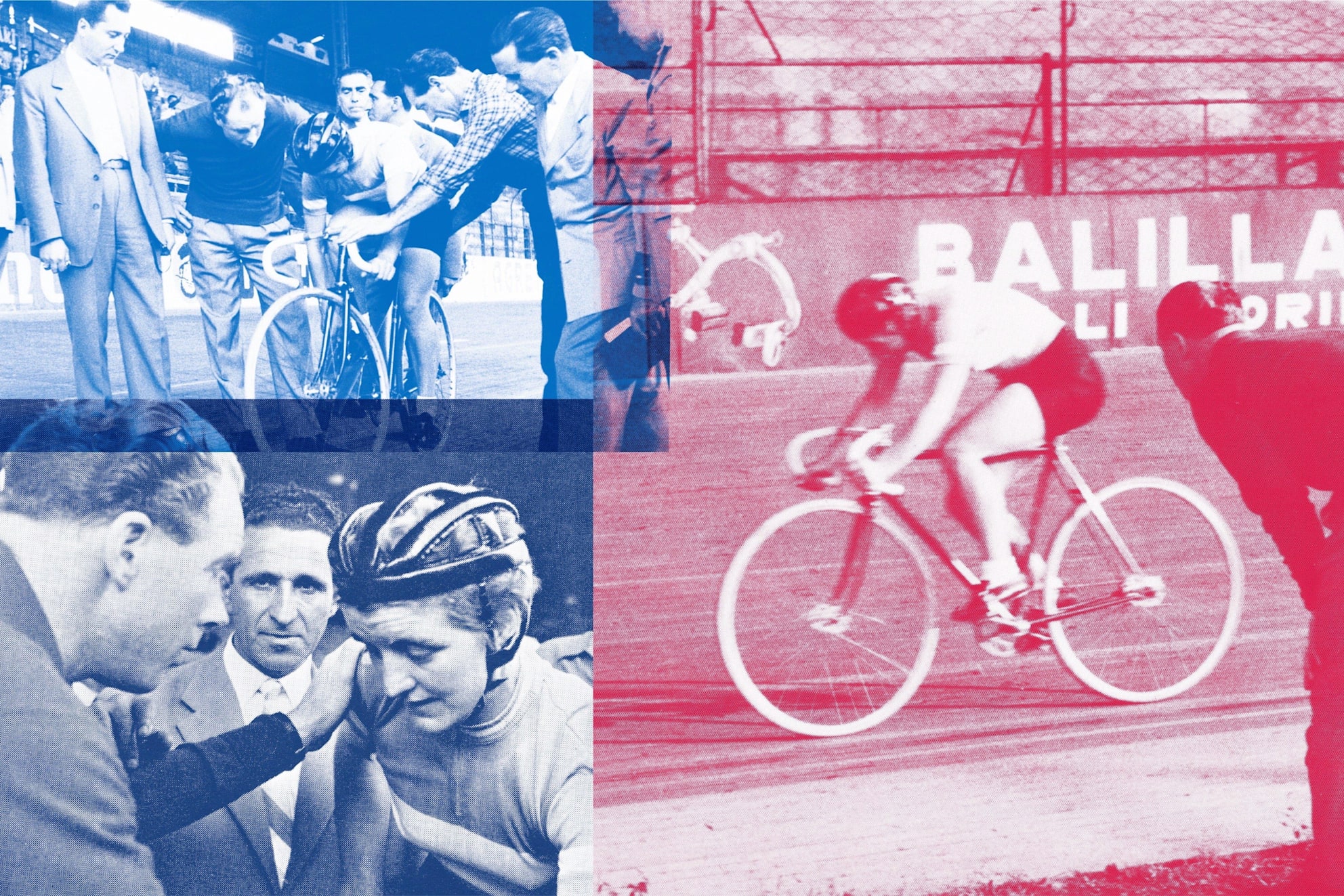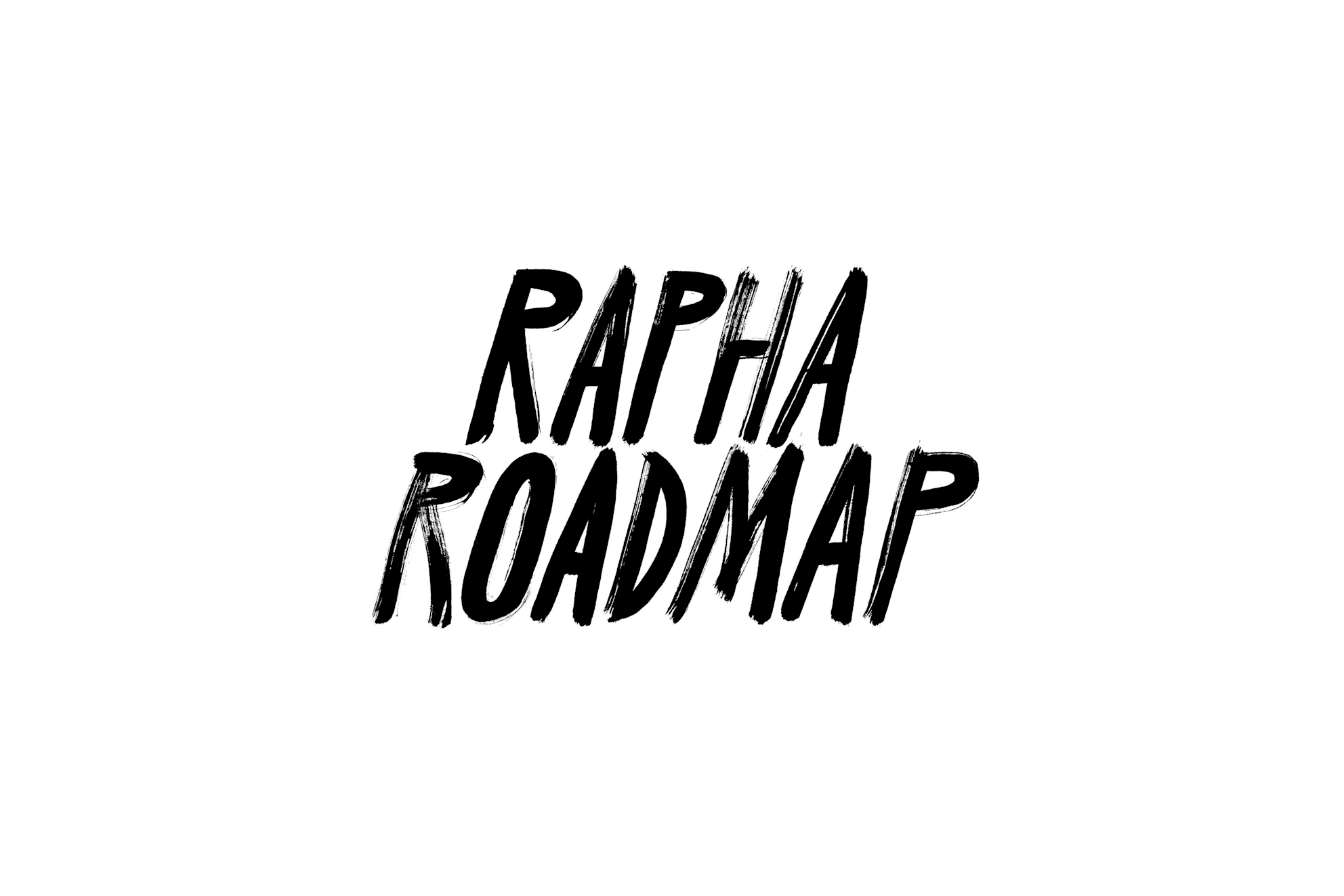In 1984, Marianne Martin won the first ever Tour de France Feminin (as it was then named). This year, she returned to watch the race for which she blazed the trail 38 years before. The Tour de France Femmes may look a little different now, but behind the shiny support cars and brightly coloured kit, the essence of what Marianne fought for remains: that women can, and will, ride the Tour de France.
“The French didn’t think we would finish, and that’s something I think we were able to do for the women riding today: prove that we can finish and we can kick ass. Back then, we did 18 stages [as opposed to this year’s eight] and I think that sent the message that women’s uteruses weren’t going to fall out if we rode that far.”
“I saw the women racing the Coors Classic in Colorado; they looked so fit and capable and I thought: I want to do that. And if I hadn't seen it, I don't know if I would have gotten into racing. It was watching the women’s race this year that made me want to do it all again. That’s what helps the sport grow – women seeing other women doing it.”
“The excitement around women’s racing now is amazing”, explains Marianne. “It wasn’t like that for us at all. There was lots of interest and the fans were excited, but there was no media coverage. It felt like we were on the verge of something happening, but then it just stopped.”

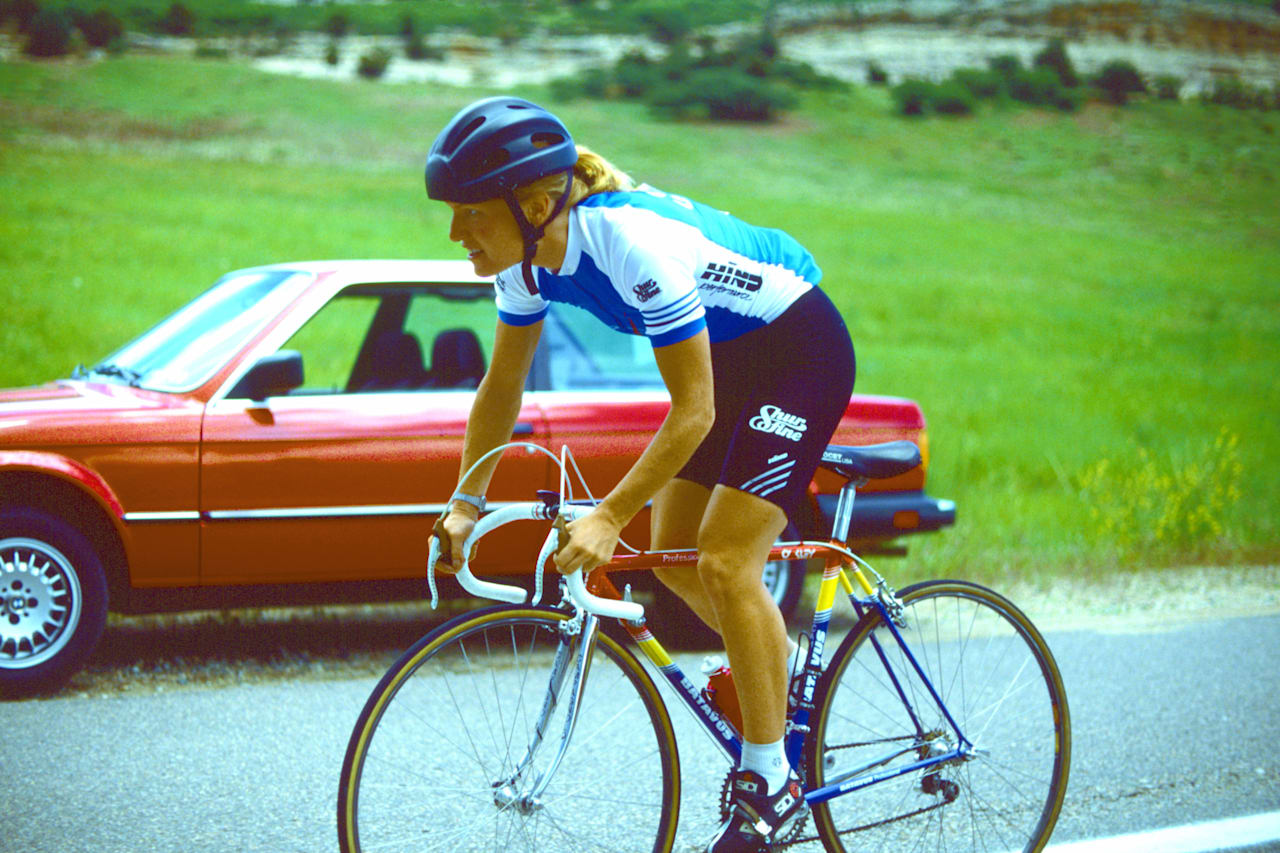
The last women’s Tour de France took place in 1989, before it was stopped for cost reasons, while the men’s sport has survived more than its fair share of sponsorship droughts, slip-ups, and scandals. Hesitation surrounded the women’s race from the off and financial support was always scarce, but women’s passion for racing was never in short supply.
“My dad wasn’t a huge fan of me getting into racing”, Marianne reflects. “For my graduation I told him I wanted to get into bike racing, so he bought me a camera. I put the costs for the race on my credit card because I couldn’t afford it at the time. I knew I had my body and my fitness then, and I could get the money later.”
“We didn’t have the technical stuff like heart rate monitors, but I was so dialled into my body, I knew when to push it, when to rest. We also didn’t have a mechanic for the first half of the race, or any gears larger than a 19. But we made do. We were so excited to be there. It was haphazard, but in the best way possible. In the morning we would fill our bidons with espresso, and drink that in the last third of the race – that was our science.”
“I’d love to see the sport grow more”, says Marianne. “I want to see more women out there and, judging by the Tour, it's going to get there. I don't feel it needs to be 18 stages to be as significant. I would rather see shorter stages and more support.”
